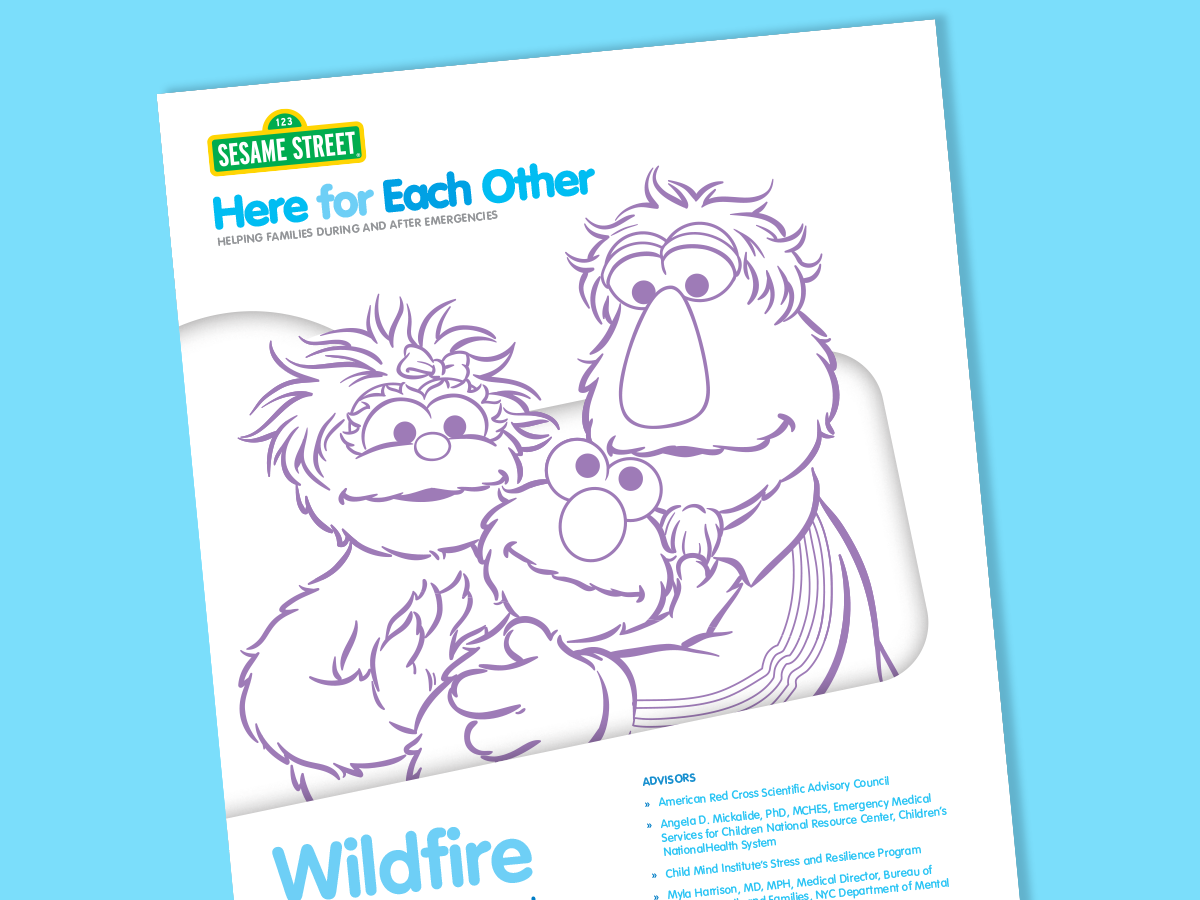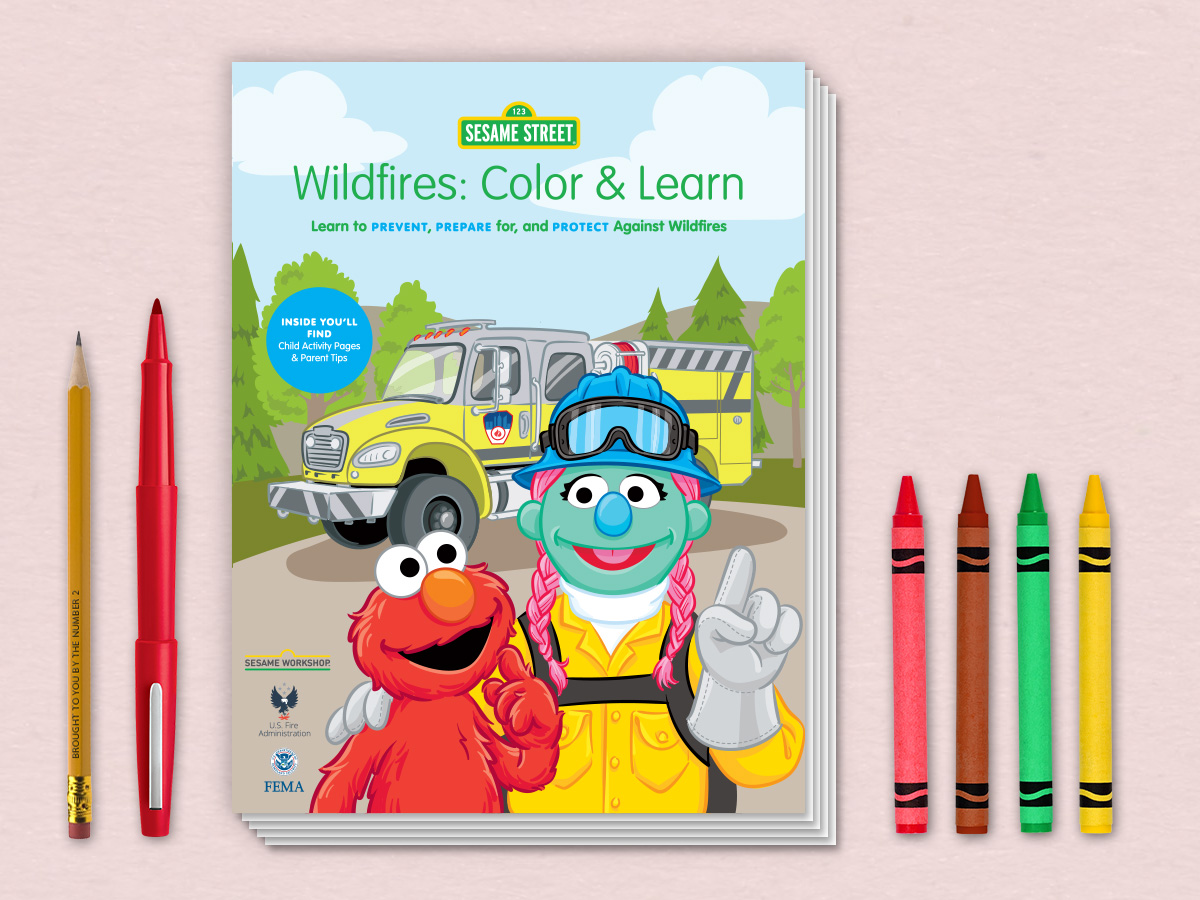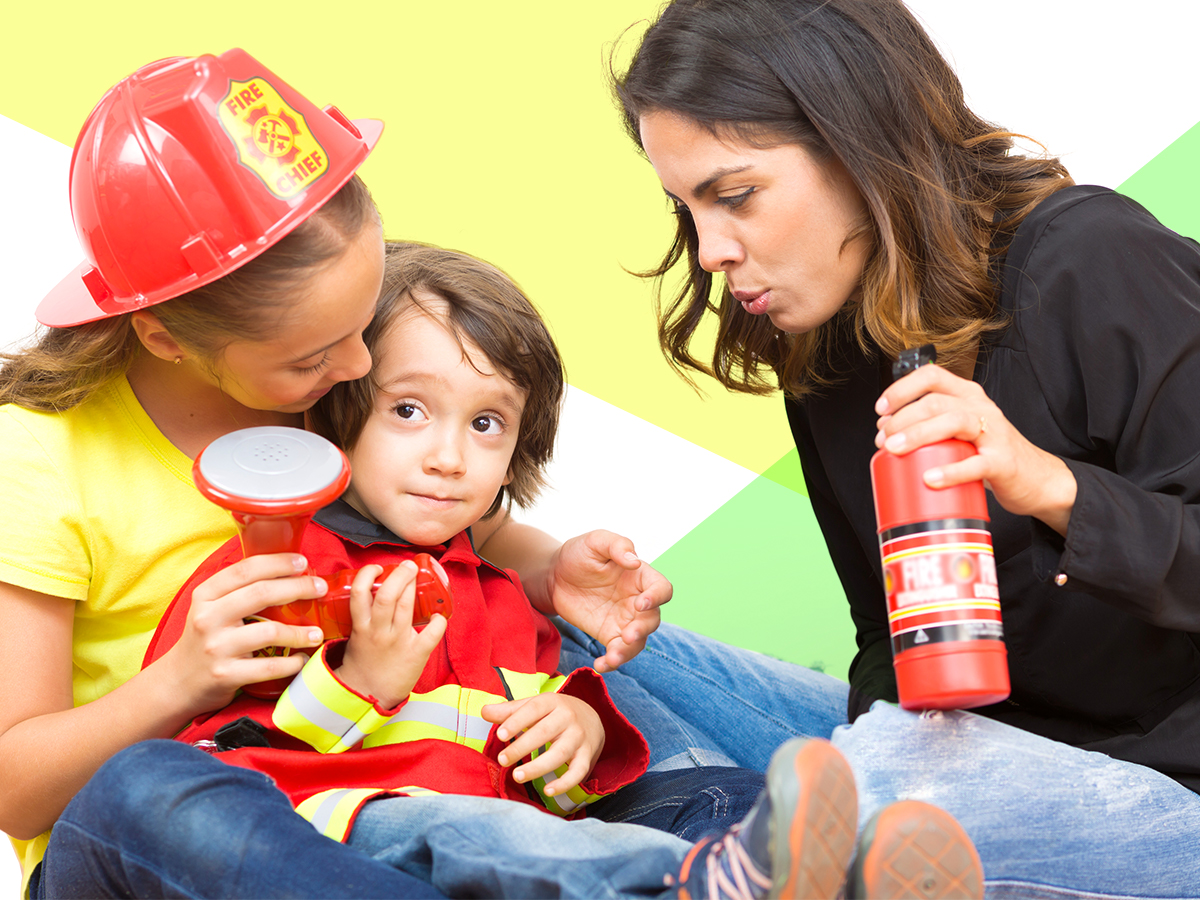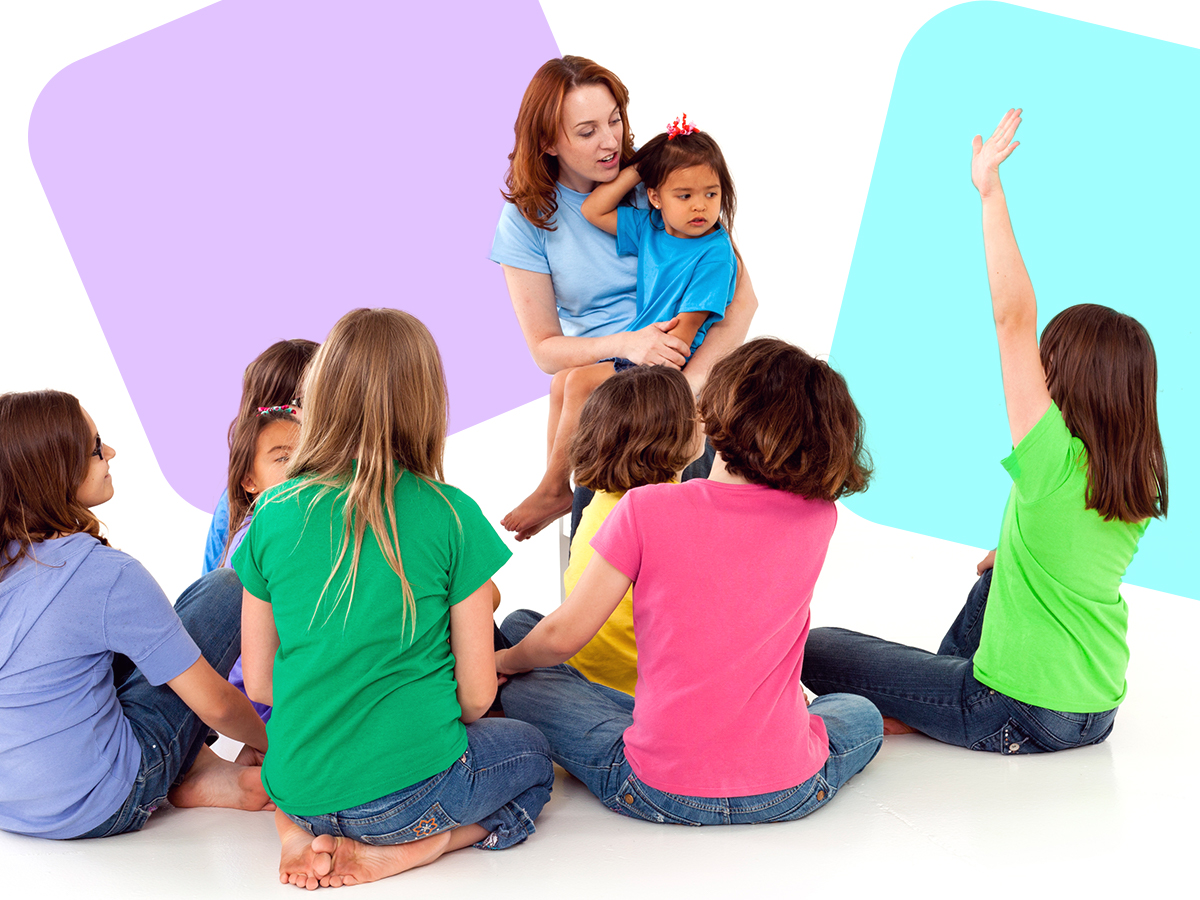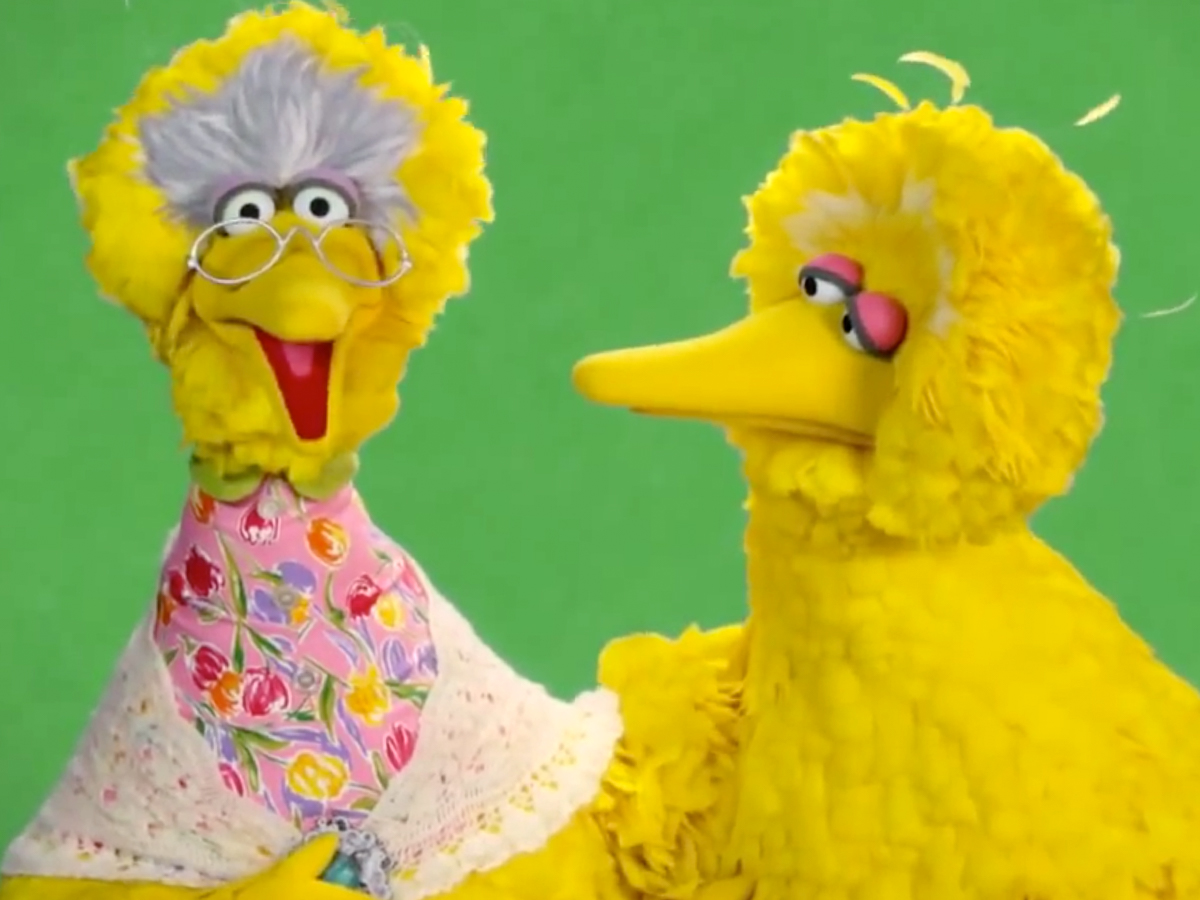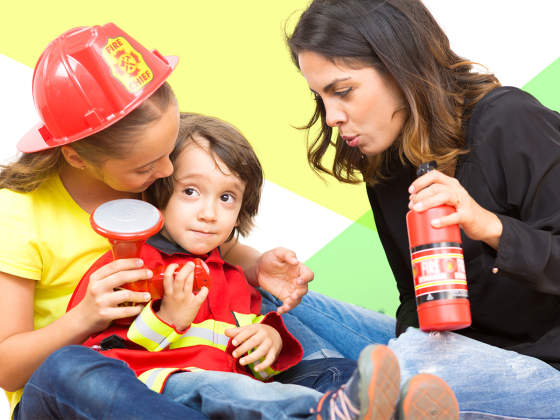
Coping with Wildfires
Wildfires are happening more frequently — and in more places — than ever, which means more families are affected. This can be especially challenging for young children, who pick up on the fear and anxiety around them but may not understand what’s going on. These resources are designed to help you give reassurance to the children in your care during scary times.
From tips on wildfire safety to disaster preparedness for families, you can help your family and community prepare for, cope with, and support each other when wildfires happen, from the first warning through the moment of crisis and beyond. These 5 resources are a good place to start.
1. Here for Each Other Family Guide: Wildfires
Whether you’re directly impacted by a wildfire or living with the threat of wildfire around you, you are your child’s most important source for information and comfort. This guide can help you explain wildfires, remind children about all the people helping, and bring a little calm into your day.
2. Wildfires: Color & Learn
This activity book about wildfire safety explores strategies to prevent, prepare for, and protect from wildfire — for children and grown-ups alike.
3. Five Easy Ways to Get Emergency-Ready
Knowing you have a plan in place can reduce the stress and anxiety that often accompany emergencies. From disaster preparedness checklists to rehearsing family information, being ready for whatever comes your way can provides a sense of control — and even young children build confidence when they can remember family members’ whole names.
4. Emergency Preparation for Childcare Providers
This resource is especially helpful for childcare providers like teachers who may want to create a preschool lesson on safety, but anyone can benefit. Parents or caregivers may want to share this with their child’s providers.
5. Coping in the Aftermath of an Emergency
What happens when the immediate crisis has passed? You may have new or lingering concerns in the aftermath of an emergency and may continue to need support. These tips, activities, and videos can help you help children feel safe, cope with uncertainty, and know they’re not alone.

